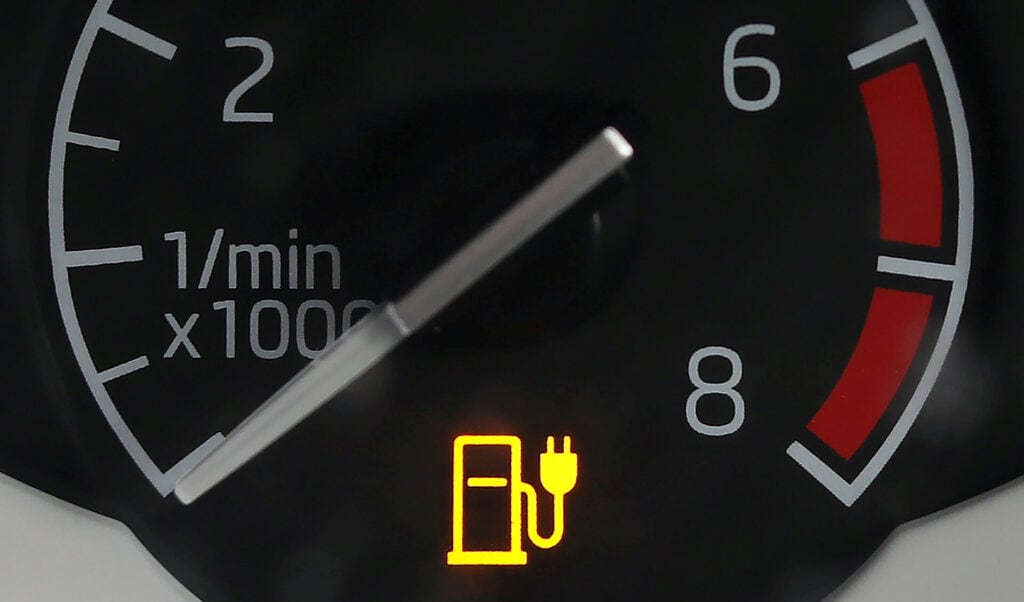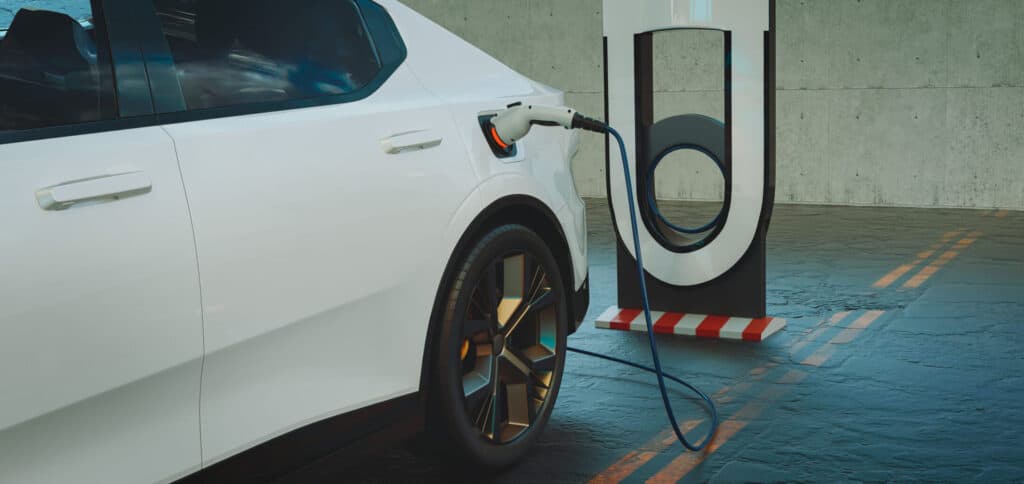Plugging Into the World of EV Batteries
Ah, the electric vehicle (EV) — an icon of clean energy and the future of transportation. But what happens when that little dashboard light starts to blink, pointing out your low battery status? We’re here to dive into the often misunderstood but vital part of your EV, the battery system, and its corresponding warning indicators. Consider this your definitive guide to understanding, respecting, and troubleshooting your car’s battery-related warning lights.
Lighting Up Your Dashboard: Understanding EV System Warning Lights
If you’ve ever felt like your electric vehicle’s dashboard looks like a Christmas tree with its array of lights and symbols, you’re not alone. However, each light serves a specific purpose, acting as a critical channel of communication between you and your vehicle. Think of these lights as a dialogue, a two-way street that keeps you informed about your car’s status and requirements.
The first light you might encounter is the battery warning light. This is your car’s way of conveying the state of its most vital component—the battery. This warning light can illuminate for a variety of reasons, ranging from a low charge level that requires immediate action to more complicated issues like a malfunctioning battery cell. And it’s not always a red alert; sometimes, it’s a more gentle yellow warning, nudging you to take action soon but not immediately.

Then comes the charging indicator, another luminary on your dashboard that holds significance. This light comes alive the moment you plug your car into a charging station. It doesn’t just indicate that your vehicle is being charged; variations in its color or blinking patterns can convey different stages of the charging process or flag issues like incomplete connections or charger malfunctions. It’s your car’s way of telling you that it’s refueling for the next adventure or flagging that something is off in its power-up routine.
Understanding these dashboard lights isn’t about becoming fluent in a new language; it’s about familiarizing yourself with essential cues that your car provides. This understanding empowers you to take prompt and effective actions, ensuring that your electric vehicle remains healthy, efficient, and ready to roll.
The Many Shades of Charge: Decoding the Colors of Battery Indicators
Different colors signify the urgency level of your situation. These colors are not just for show; they’re carefully selected to instantly convey what action you should take:
Green Light: All Systems Go
• When you see a green light, it means your battery is fully charged or is charging as it should.
• Action to take: Continue driving as usual, but always monitor other lights for any changes.
Yellow Light: Caution Ahead
• A yellow indicator is your vehicle’s way of giving you a heads-up. It implies that the battery level is declining but isn’t at a critical stage yet.
• Action to take: Plan to charge your vehicle soon. Start looking for available charging stations on your route.
Red Light: Immediate Attention Required
• A red light on the dashboard is your car’s distress signal. It suggests that the battery level is critically low or there’s a significant issue.
• Action to take: Pull over at the nearest safe location and recharge immediately to avoid getting stranded.
These colors are strategically chosen for quick comprehension. They’re universally recognized, so even a glance can convey their urgency.
To Drive or Not to Drive: What to Do When Your Low Battery Light Is On
So there you are, cruising along, humming to your favorite tunes, and basking in the glory of electric vehicle ownership. Then it happens—your dashboard lights up like a mini fireworks display, and the battery indicator turns yellow. This is your car’s not-so-subtle hint that it’s running low on juice. In such cases, you’re typically fine to proceed but should make it a priority to head for the nearest charging station. Don’t consider this a casual suggestion; it’s more of an earnest plea from your vehicle.
But what if the light turns red? Now we’re in potentially dicey territory. The red light indicates that your battery level is critically low. Think of this as your car screaming, “Mayday, Mayday!” At this point, the best course of action is to pull over safely and seek immediate charging options. Continuing to drive could mean your next stop might be on the side of the road, an experience that’s about as enjoyable as a flat tire in the rain. It’s definitely not the electrifying journey you signed up for, and ignoring it can lead to far more severe problems down the road—literally and figuratively.
Charging Dilemmas: The 80% Rule and Other Best Practices
When it comes to charging, you might think that filling up your battery to 100% is the way to go. After all, we all love that full-tank feeling, right? But with electric vehicles, it’s a little different. Experts often recommend charging the battery only up to 80% or 90% to maintain its health and longevity. Consistently charging to 100% can expedite wear and tear on your battery cells, essentially diminishing their lifespan and overall performance.
Let’s also address another common query—keeping your charger plugged in all the time. You may think it’s convenient to always leave your EV plugged in, especially if you’re not planning on driving for a while. But this practice can result in what is known as “trickle charging,” which keeps trying to top off the battery to 100%, thereby causing unnecessary stress on it. The best practice is to unplug the charger once your vehicle has reached the optimal charging percentage. It’s all about balance; with the right approach, you can extend your battery’s life and enjoy many years of efficient, environmentally-friendly driving.
Extend Your Battery’s Journey: Maximizing EV Battery Life
Temperature Management
• Both hot and cold conditions can significantly affect your battery’s lifespan.
• Action to take: Park your vehicle in a garage if possible, and avoid direct sunlight or extremely cold areas.
The 80-90% Rule
• Consistently charging your battery to 100% can decrease its longevity.
• Action to take: Aim to charge your EV battery between 80% and 90% for optimal battery health.
Routine Checks
• Regular maintenance checks can prevent minor issues from becoming major problems.
• Action to take: Schedule periodic inspections with your mechanic to catch early warning signs.
Drive Mode Selection
• Most EVs offer different driving modes that can either maximize performance or improve battery life.
• Action to take: Use eco-friendly driving modes for daily commuting to conserve battery power.

Dollars and Cents: Potential Repairs and Their Costs
Understanding the warning lights could save you from heavy repair bills down the road:
Frequent Low Battery Warnings
• If you’re getting persistent low battery warnings, this could indicate a deeper issue that might be expensive to fix.
• Action to take: Schedule a diagnostic check to determine the underlying problem.
Software Updates
• Sometimes, the issue may be with the software controlling the battery management system.
• Estimated Cost: These updates are usually free or relatively low-cost.
Battery Replacement
• If the battery itself is the issue, you might have to replace it.
• Estimated Cost: This is a costly affair, with prices ranging from $3,000 to over $5,000 depending on the make and model of your vehicle.
Additional Parts
• Sometimes, smaller parts like sensors or connectors fail and require replacement.
• Estimated Cost: These parts typically cost between $100 to $500, not including labor charges.
By understanding the actions associated with each indicator light and how to properly maintain your EV’s battery, you can steer clear of expensive repairs and extend your vehicle’s lifespan.
Empowering Your Electric Adventures
Understanding your EV’s warning lights and battery systems isn’t just for the mechanically inclined; it’s for anyone who wants a smooth, empowered electric drive. Don’t take those lights lightly. And if you find yourself befuddled by a stubborn low battery light that refuses to turn off, consider giving Uchanics a call. As a mobile mechanic service in Canada, they can make sure your EV keeps running as efficiently as the day you bought it.
